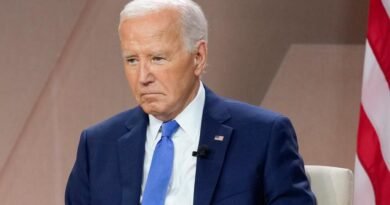The Haunting Plea

Last week, the state-controlled Metropolitan Transportation Authority revealed its upcoming five-year capital infrastructure plan, totaling $68.4 billion.
The situation feels reminiscent of the 1970s – several ambitious ideas with no clear means of funding.
The MTA’s latest plan allocates $47.8 billion towards subways and buses, with plans to replace railcars and continue signal digitization.
An additional $6 billion each will go towards the region’s commuter-rail systems, with $3 billion earmarked for bridge and tunnel maintenance.
Moreover, $1.7 billion will fund the reconstruction of Grand Central Terminal, and $2.8 billion will be allocated for the “interborough” light-rail line connecting Brooklyn and Queens.
While these are commendable ideas, they remain hypothetical unless Governor Hochul demonstrates stronger leadership.
Typically, the MTA identifies a mix of revenue sources for its capital plans, blending speculative and realistic sources. However, in this instance, the plan lacks clarity in this regard.
Although the bridges-and-tunnels segment is expected to be self-sustaining through toll revenues, there remains a significant funding gap of around $45 billion.
With anticipated federal funds of at least $13 billion and $10 billion in borrowings, questions arise about the MTA’s ability to secure loans given its existing debts and projected deficits.
Additionally, substantial funding shortfalls persist in the current five-year capital plan, with only a fraction of the required funding secured.
Advocates suggest congestion pricing as a solution, but this revenue stream would not address the funding gap for the next capital plan.
The challenges faced by the MTA today mirror those of the 1970s, as ambitious infrastructure promises remain unfulfilled due to funding inadequacies.
Now, Governor Hochul must navigate the complex landscape of project prioritization and cost management within the MTA.
It may be worthwhile to consider if the state could reallocate funds from its $237 billion budget to support transit projects without resorting to additional taxes or borrowing.
Lacking fiscal direction, the recent MTA capital plan appears more like a plea for assistance than a concrete strategy.
Nicole Gelinas’ forthcoming book on New York City transportation history, “Movement,” is set to be released on Nov. 5.




